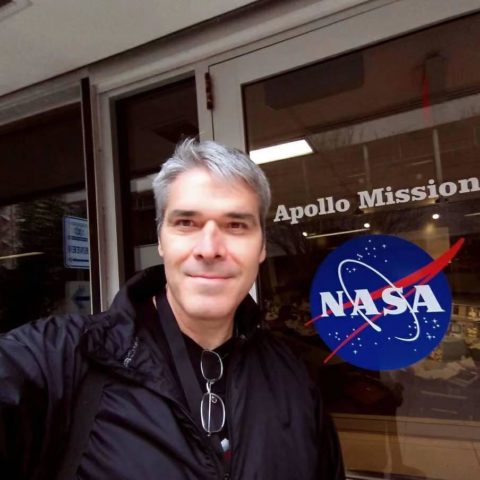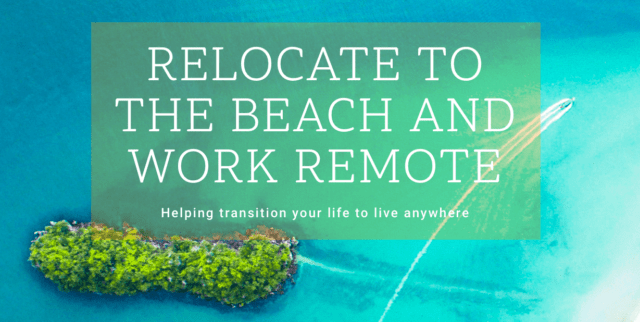
What are you up to these days?
I am working on my startup in Costa Rica. I am the CTO and am currently working on farming data analytics solutions based on space and aerial data using AI. https://aerialytics.ai/
Where did you grow up and go to school?
I grew up in Pacayas, Cartago.
High School: COVAO technical school
University: UCR (BSc. Computer Science), Skoltech (MSc Space Systems), ETH Zurich (Internship in AI and Photogrammetry)

Who do you admire as role models?
Andrés Mora has been close to me and has given me opportunities to participate in scientific conferences all around the world.Throughout those steps in which he has supported me he has given me examples of how he went through similar situations in his career. He fulfilled his dream of working at NASA and participating in the Astrobee and Perseverance projects.
Who has been by your side unconditionally?
My parents. They have always supported me, especially when I had the chance to do my High School internship at Ad Astra Rocket Co. and later with the opportunities abroad.
Please tell us an anecdote from your childhood or adolescence related to your decision to study the career that would take you to the space industry.

When I was 6 years old, I realized on the news that the final Shuttle-MIR mission was to be broadcast. I watched this event with my 80-year old grandparents at the time. I think that, in addition to seeing the incredibleness of space technology and the astronauts and cosmonauts moving in free fall, it was great to see people from different parts of the world teaming up, including Franklin Chang-Diaz.
What have been the best and worst moments of your space related professional career?
One of the best moments was going to Black Rock Desert in Nevada to obtain the High Power Rockets certification. Being without the internet for a week, having a rocket launch as an alarm clock every day, and having passed both of the certifications (Theoretical and Practical) make this one a great experience.

What do you consider to have been the main achievements of your work in the space field?
Winning first prize in the Y-ISEF contest of the Japanese Space Agency. With an international team we proposed a self-sustaining system for the production of protein in space. This project was widely accepted by astronauts and experts in manned missions, due to the current need to produce proteins on long journeys into deep space.
What recommendations would you give to young people who would like to pursue a career like yours?
Pursue your goals, no matter if people tell you that you won’t find a job in that sphere, or that you need to look for something more realistic.Always push the extra mile. Stay longer than others at work or in the office. Also, work on side projects on weekends,vacations and during your free time. While studying computer science at UCR I was also participating in the rocketry team and Irazu satellite project at ACAE.
How do you think Costa Rica and the Central American region could become more involved in the space industry and what benefits it would bring?
Costa Rica has been attracting software and medical industry companies for several years. It would be great to attract more foreign investment in space related industries.
Tell us about your experiences in Russia and Switzerland.
The first impression I received about the Soviet space program was from my professor at the Moscow Institute of Physics and Technology, Vasiliy Ivanovich. He told me several stories when he had just graduated. Vasiliy was one of the many students who received training to fly on the Buran ( Soviet version of the space shuttle). Sadly, the program collapsed and many people working on it became pilots, professors and engineers. But no one flew on the spaceship..
A great opportunity I had was to be part of the International workshop Space DTP (Space Development:Theory and Practice). It’s a 2 week program organized by Bauman State Technical University. They assigned us the challenge of designing the systems engineering of a mission for the exploration of Neptune. Besides the project we visited some facilities including Korolev Rocket and Space Corporation Energia, where they had prototypes of different missions built in soviet time including Moon and Mars landers. Also, we visited the Russian Mission Control Center where we had a live communication with cosmonauts on the ISS . Later we visited the Gagarin State Scientific Research-and-Testing Cosmonaut Training Center, where they have a real-size twin of the MIR station and the training modules of the International Space Station, where currently Russian and international astronauts perform their training sessions.

In Switzerland I had the opportunity to work in a top university, the Swiss Federal Institute of Technology (ETH) which has one of the best photogrammetry and remote sensing labs, with huge investment in development of machine learning. In my case the work was applied to environmental studies, especially forests, lake ice and monitoring.the Alps.
What do you think about the future of human exploration?
It seems to me that we should focus on developing technologies that in the short-term provide solutions to problems on Earth, and that over time can be perfected to be used in human settlements on the Moon and Mars. For example: self-sustainable production of proteins using soil-less techniques and reusing of resources (water, plastic).

Bruce Callow is a Canadian teacher and co-author of the books To the Stars: Costa Rica in NASA and The Intrepids: Costa Rican Women in Science and Technology. He does space education outreach work on behalf of NASA.

